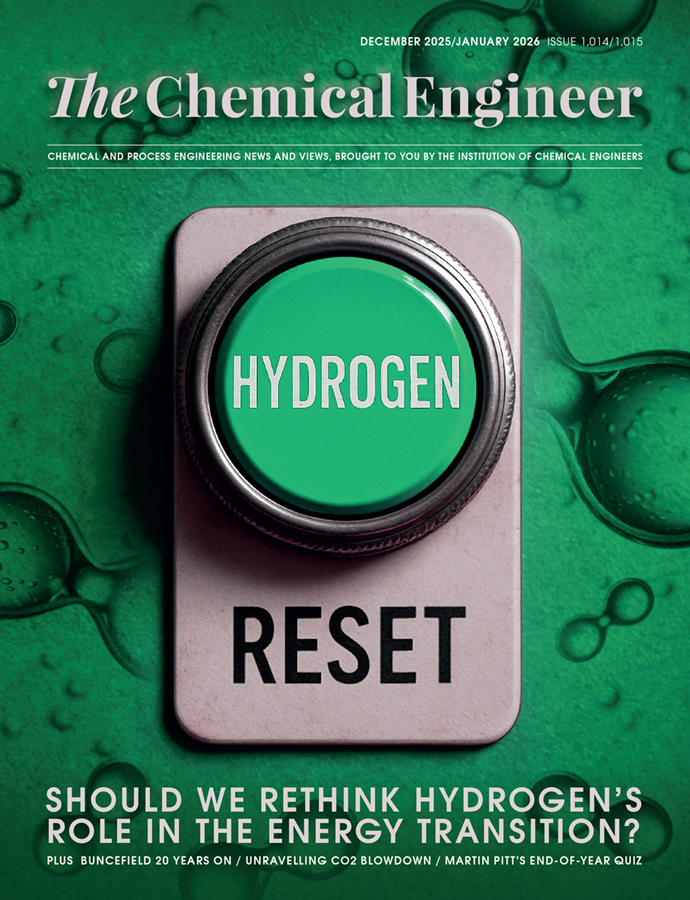Chemical engineers will create artificial skin bioreactor to test cosmetics
CHEMICAL engineers at the University of Surrey in the UK are developing artificial skin for Unilever to test its cosmetics products on.
The two-year project led by Eirini Velliou, Head of the Bioprocess and Biochemical Engineering group at Surrey, aims to develop a bioreactor that better represents human skin. The EU banned the testing of cosmetics on animals in 2013. While artificial simple skin models are available for use in testing, Velliou said these paper-like systems lack the complexity necessary to test how cosmetics penetrate deeper into the skin tissue.
“There are simple 2D artificial skin models that are based on a layer-by-layer system of skin relevant cells that essentially looks like a thin paper. However, those models at the moment lack robust and tuneable structure,” Velliou said “In simple terms, they lack being a real tissue with strong structural integrity and interconnection with the bloodstream. When you want to perform diffusion studies you want to know how the cosmetic product penetrates the multiple skin layers and goes to the internal layers that have blood capillaries. Furthermore, this diffusion depends on the age and skin complexity which will lead to different stiffness levels and collagen distribution, features that at the moment cannot be captured robustly in vitro.”
To this end, Velliou is developing a high-throughput bioreactor about a quarter the size of a laptop that in simple terms will consist of a plastic container embedded with a 3D ‘sponge-like’ structure built from layers of skin cells and threaded with a network of plastic tubes to represent the bloodstream.
“We are creating a layer-by-layer skin model in a scaffold-assisted system,” Velliou said.
The polymeric scaffold provides mechanical strength and the team can tune the porosity of the skin and mimic blood flow.
“So, like in a dynamic reactor we have a flow of medium in and out of the reactor. A chemical engineer can picture it as a solid-state continuous reactor,” Velliou said.
The human-derived cells for the development of the skin bioreactor are commercially available while the team will develop the scaffold in-house using polymers and other low-cost biomaterials. Velliou said the key chemical engineering challenges the project faces include developing a bioreactor with a structure that replicates lifelike rates for diffusion and developing methods to monitor cosmetic product penetration remotely without having to sacrifice the ‘living’ reactor. Other challenges include managing the regeneration of the artificial skin and developing a versatile system that can be tailored to represent different skin structures, for example older and younger skin which would have different stiffness and collagen distribution.
“The contribution of chemical engineering in the healthcare sector is fast-growing, especially for the development of artificial tissues,” Velliou said. “It is fascinating to discover how basic reaction engineering principles apply in an actual healthcare problem such as the development of an artificial tissue.”
Velliou will work at a Unilever site in Bedford, UK, with their experts on cosmetic screening and will use Unilever products. If successful, she hopes the reactor could one day be extended to screening drugs for skin disease such as skin cancers.
“We hope that the potential success of this product will help reduce the use of animal testing in biomedical research in the future,” she said.
The project is funded by the Royal Academy of Engineering.
Recent Editions
Catch up on the latest news, views and jobs from The Chemical Engineer. Below are the four latest issues. View a wider selection of the archive from within the Magazine section of this site.




